The mosaics of Piazza Armerina, the Dancing Satyr of Mazara del Vallo and the Goddess of Morgantina are some of the best-known archaeological treasures preserved in Sicily. The island, over time, has returned extraordinary finds, outlining an unusual geography and an unpredictable itinerary, which also winds through locations not traditionally affected by large tourist flows. In this route, studded with ancestral masterpieces, it is also necessary to include Centuripe, a small town set on a mountainous formation, halfway between Enna and Catania. Not only because, like the places mentioned, Centuripe also preserves its archaeological icon, a magnificent head of Emperor Augustus, which archaeologist Nicola Bonacasa called “the best portrait of the Augustan age augustan age preserved in Sicily,” but also because its territory, of extraordinary historical value, holds important testimonies, including imperial tombs and numerous other artifacts, some of which can be seen at the Centuripe Regional Archaeological Museum.
A visit to the town represents an essential destination for archaeology enthusiasts traveling in Sicily. In fact, Centuripe and its immediate surroundings constitute a true widespread archaeological site, the result of the sedimentation of centuries and civilizations, attesting to an almost uninterrupted human presence since 5000 B.C., favored by the presence of numerous waterways, including the Simeto River, which were navigable in the past.
The finds made in this area are incalculable, but it is a rich heritage that historically has been plagued by a continuous hemorrhage: a relentless depletion that has taken many of these treasures far from their place of origin, first through the initiative of French and British archaeologists, and later the victim of grave robbers who, at night, satisfied the ravenous demand of an unscrupulous collector. Nonetheless, still many things remained in situ: fortunately immovable finds, such as the site of Riparo Cassataro, a rocky complex where rock paintings dating back to the Neolithic period were discovered, depicting animal and anthropomorphic figures, some of them recognized as dancers, perhaps related to some propitiatory rite addressed to the earth.
Thanks to the rich presence of water, Centuripe became a center inhabited by the Siculians, an ancient population still shrouded in mystery, as it has left very rare written records. Scholars believe that the Siculi moved from Latium, but originally came from Eastern Europe. It is precisely from Centuripe that an artifact considered fundamental to the linguistic reconstruction of this people comes, now kept in Karlsruhe, Germany: it is an askos, a vase dating back to the fifth century B.C., accompanied by the longest inscription in Sicilian handwriting known today.
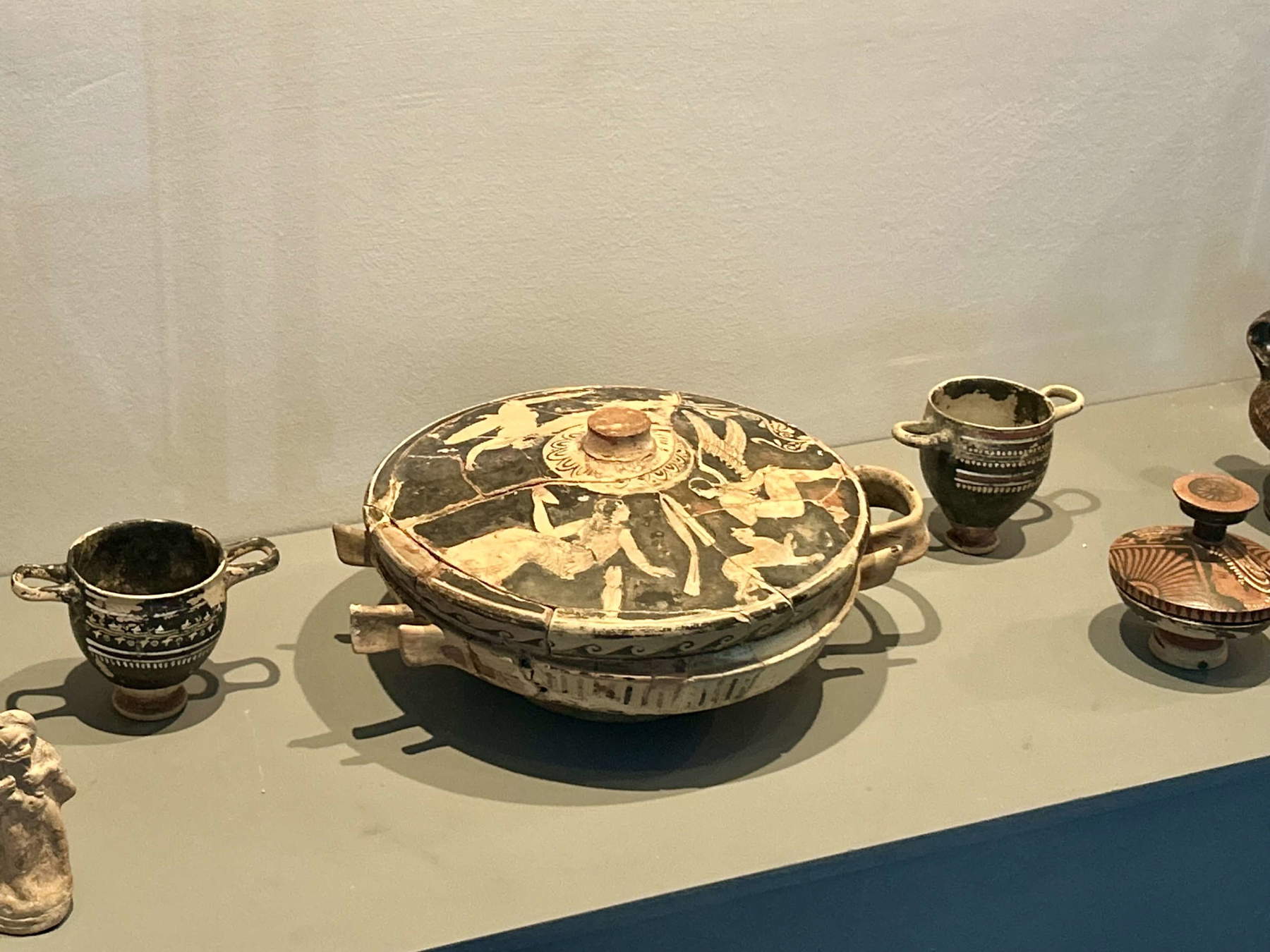
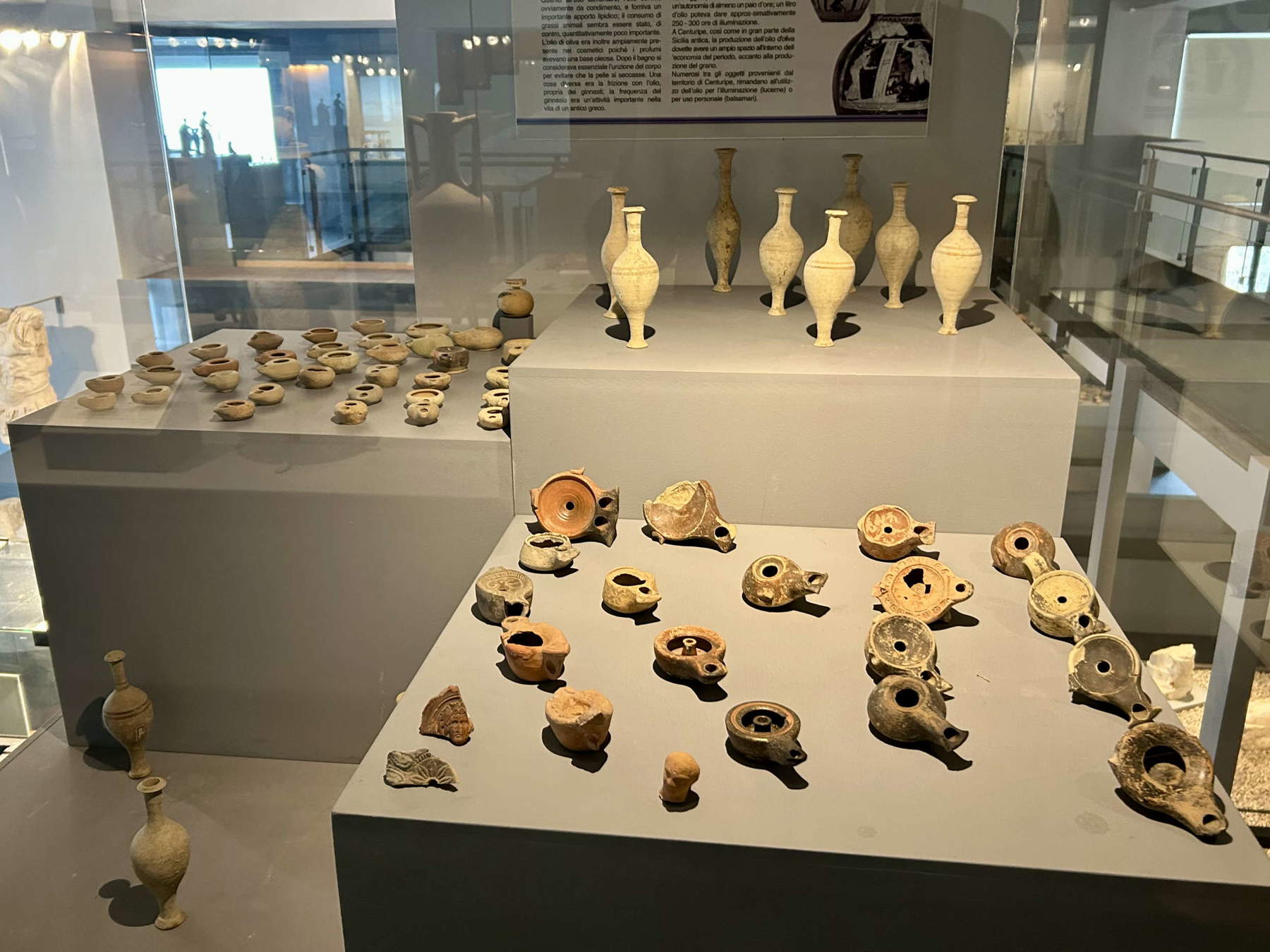
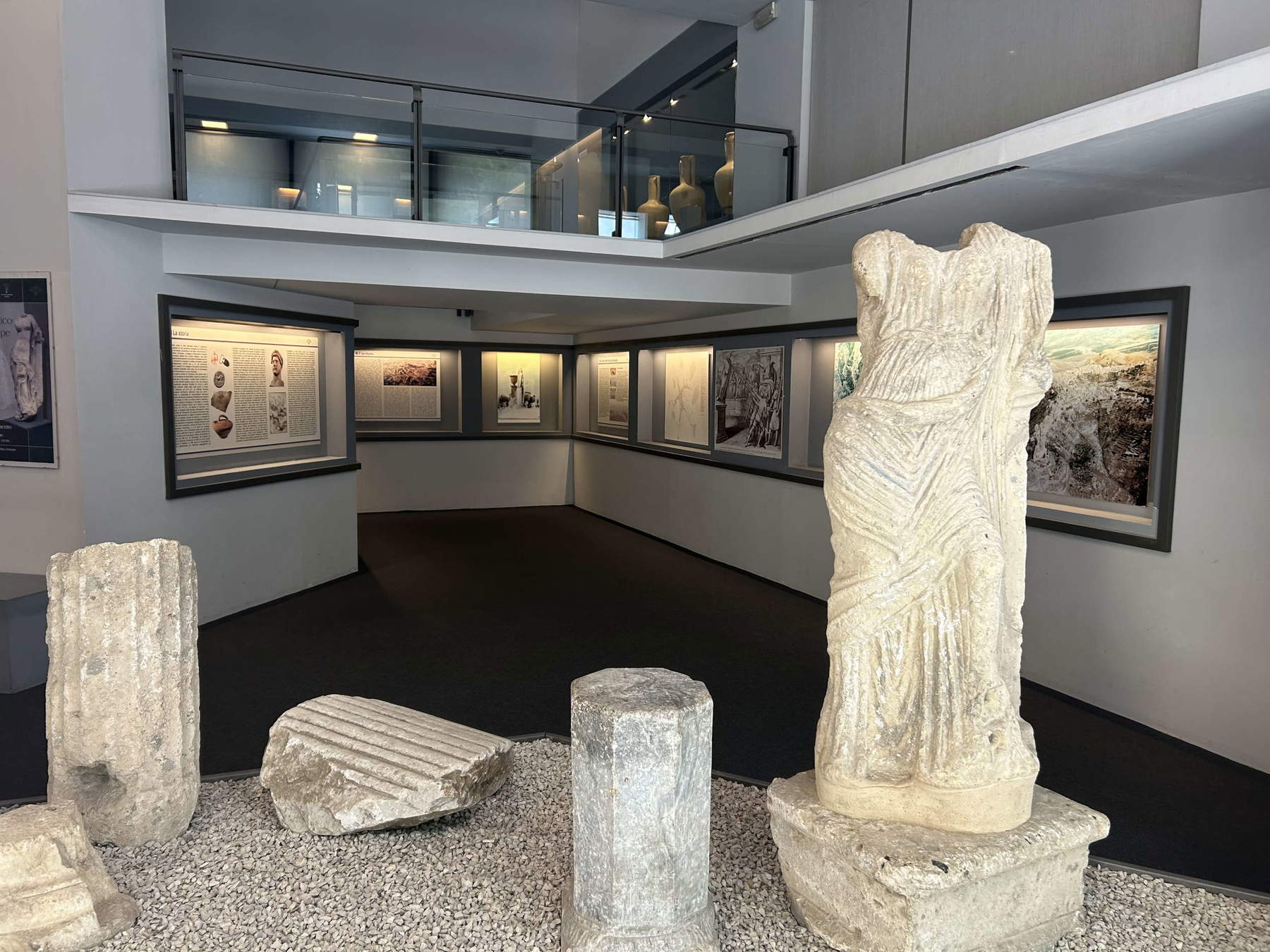
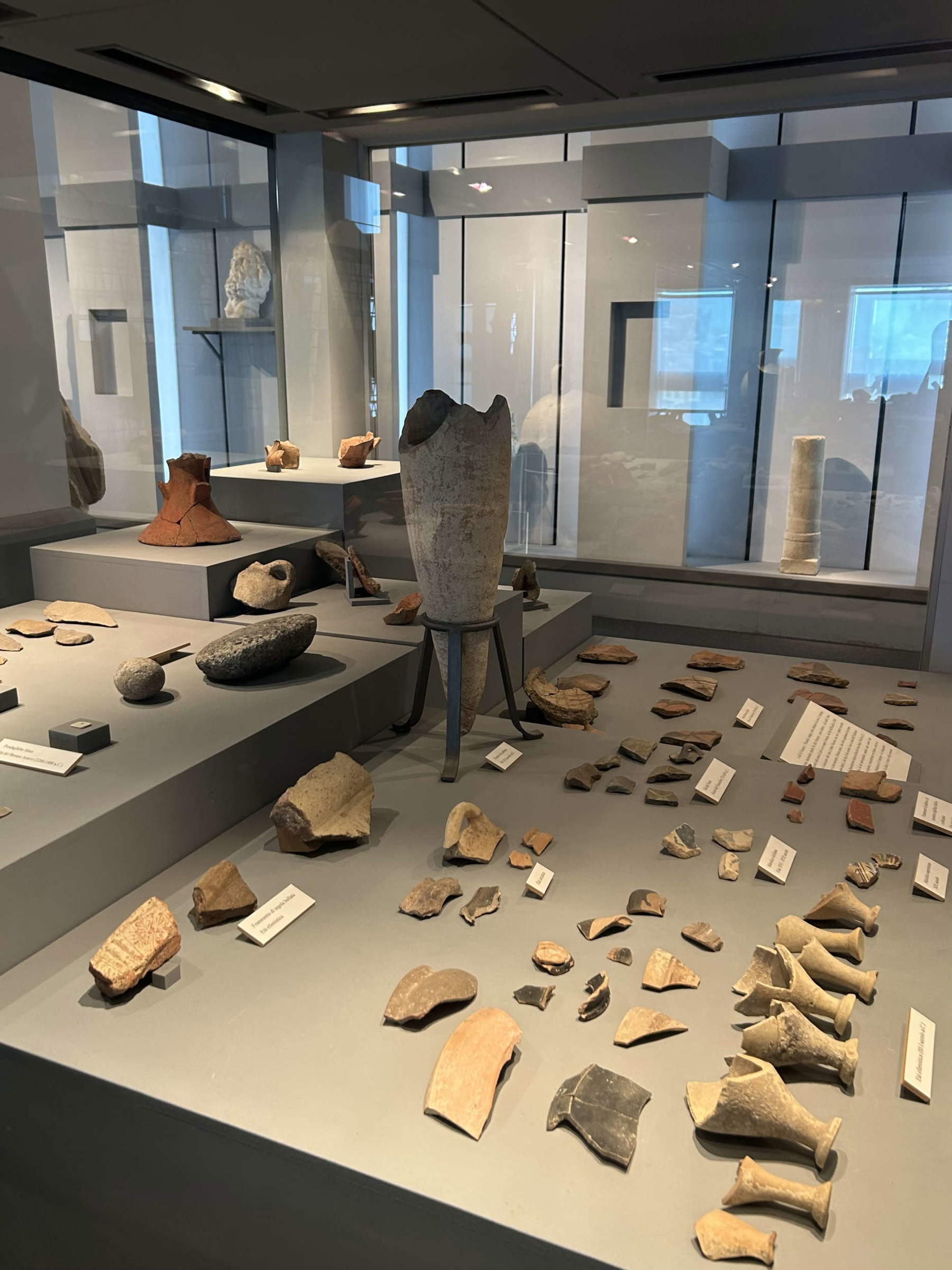
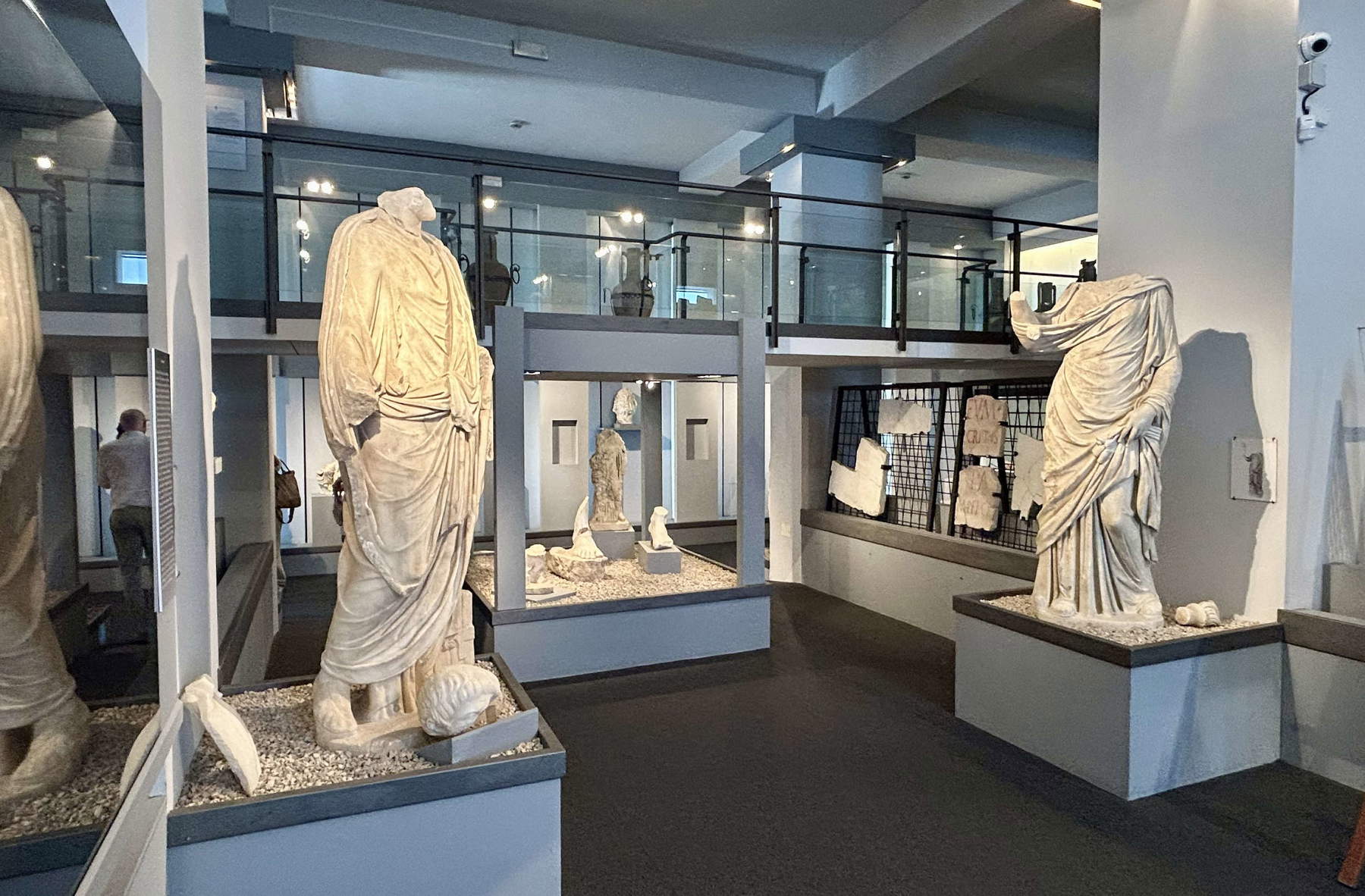
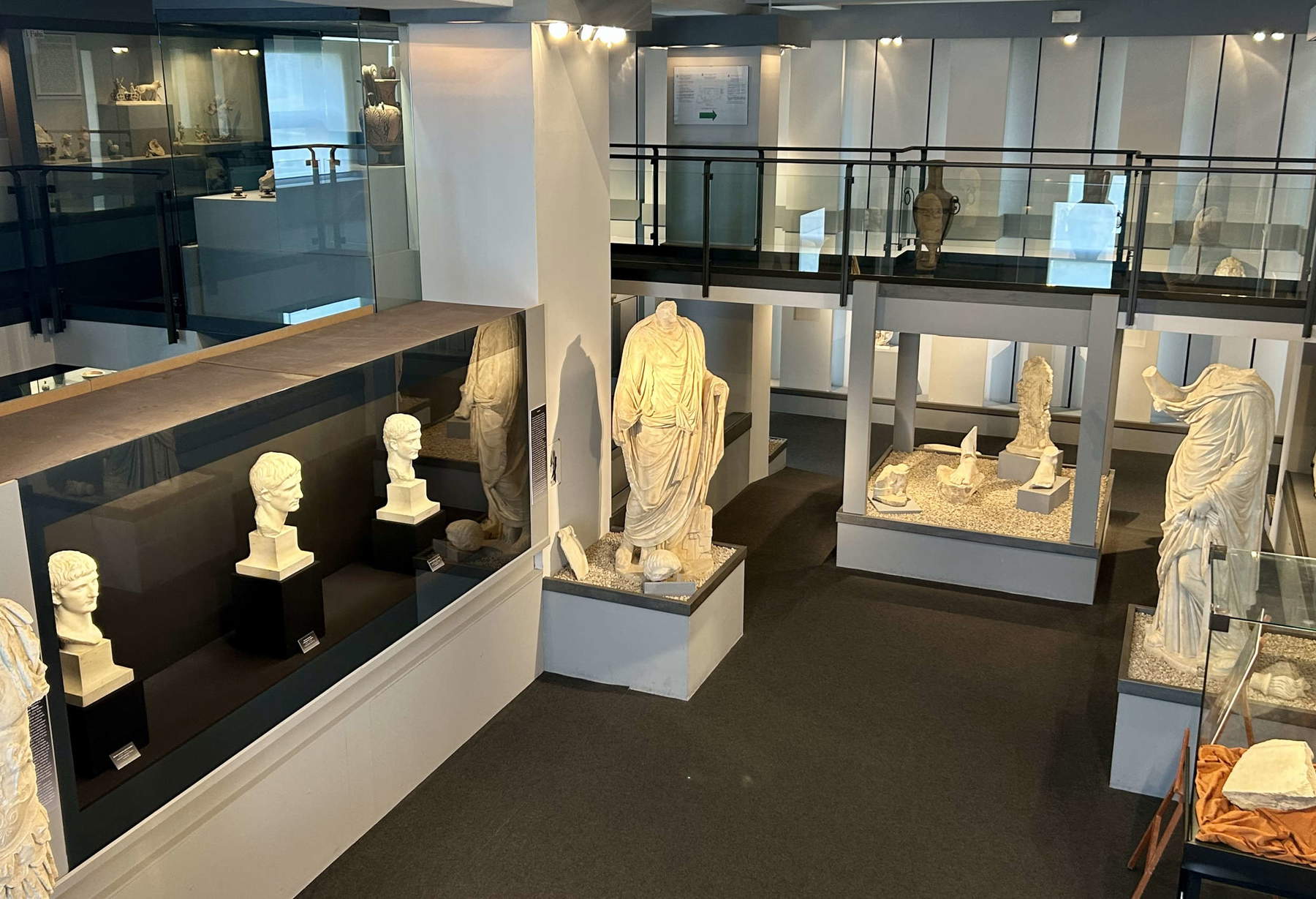
The Siculi were a population with an economy based on agriculture and pastoralism, who settled especially in the Sicilian hinterland and soon came into conflict with the Greek colonies, so much so that Centuripe was destroyed twice at the time when the tyranny ruled over Syracuse. Later, the city of Centuripe came more and more into the Greek orbit, in fact Hellenizing itself. Indeed, it adopted Greek as its language and gave rise to a flourishing trade in pottery, which was exported throughout the Mediterranean basin. But it was perhaps in Roman times that Centuripe experienced its heyday, beginning in 263 BC, when during the campaign against the Carthaginians it submitted itself spontaneously, obtaining in return exemption from taxes and increasing its influence, until it reached its peak under first Augustus and then Hadrian, when the city was cloaked in monumental buildings and furnishings, reaching close to 12,000 people, more than twice as many as live there today.
And it is precisely the Archaeological Museum present in the small Sicilian village that makes it possible to relive this history, among exceptional artifacts. To tell the truth, it is a museum with a rather troubled history: born in the 1920s to house some findings, it was decided to provide it with a new home starting in the 1950s, but the work took a long time. Even thirty years later, when the prominent museological architect Franco Minissi intervened and redesigned the structure, equipping it with fascinating elements that are still there, such as the stairs and the lecture hall, the museum continued to remain closed. It had to wait until 2000 for its reopening, but already ten years later it was closed again for further security work. Finally, in 2024, the museum was reinaugurated with a richer layout.
Inside are now housed a number of valuable excavated artifacts that testify to a long journey of Centuripine history. Among the oldest are vase fragments, flints from the Neolithic age, and a relief face, datable between 5,000 and 4,500 years ago, that originally decorated a large amphora: it is one of the oldest anthropomorphic plastic depictions found in Italy.
The vascular production of the Archaic period on display betrays the contacts of the Sicilian world with the Greek world and the consequent adoption of products and techniques typical of the latter, such as some vases with geometric decoration, which show a style and technique for which correspondents have been found on the islands of Cyprus and Crete.
From the northeastern slopes of Centuripe, on the other hand, come artifacts found in a necropolis in use between the 4th and 2nd centuries B.C.E., including a cup with a graffitied inscription mentioning a certain Artemonos, and a jug inside which chamomile has been detected. Its use is not attested in funerary rituals, but for medical purposes, and it was probably used by the deceased during his lifetime, which is why it was decided to accompany his burial. A small terracotta figurine depicting the harvest goddess, Demeter, on the other hand, comes from a Hellenistic-era settlement.
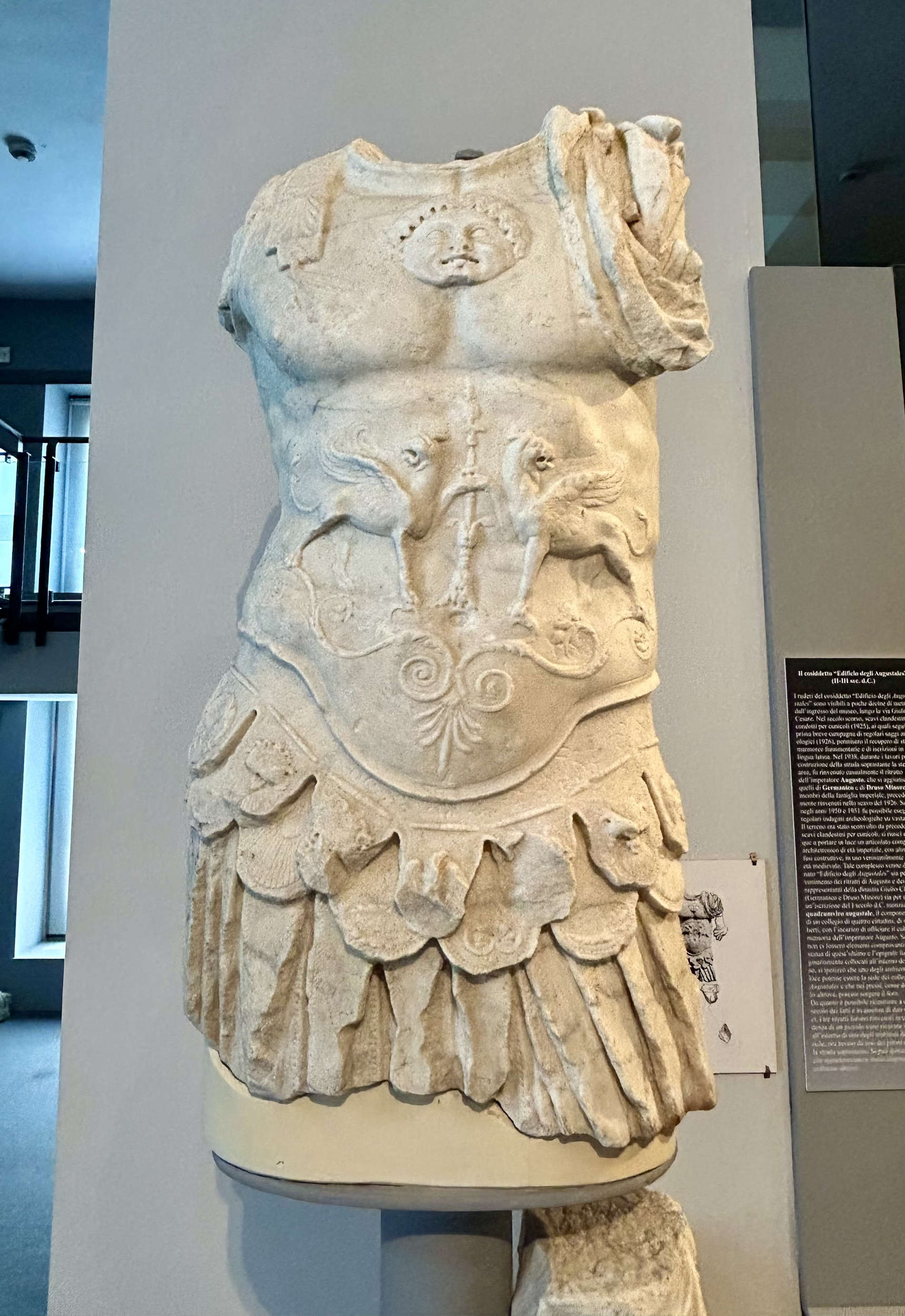
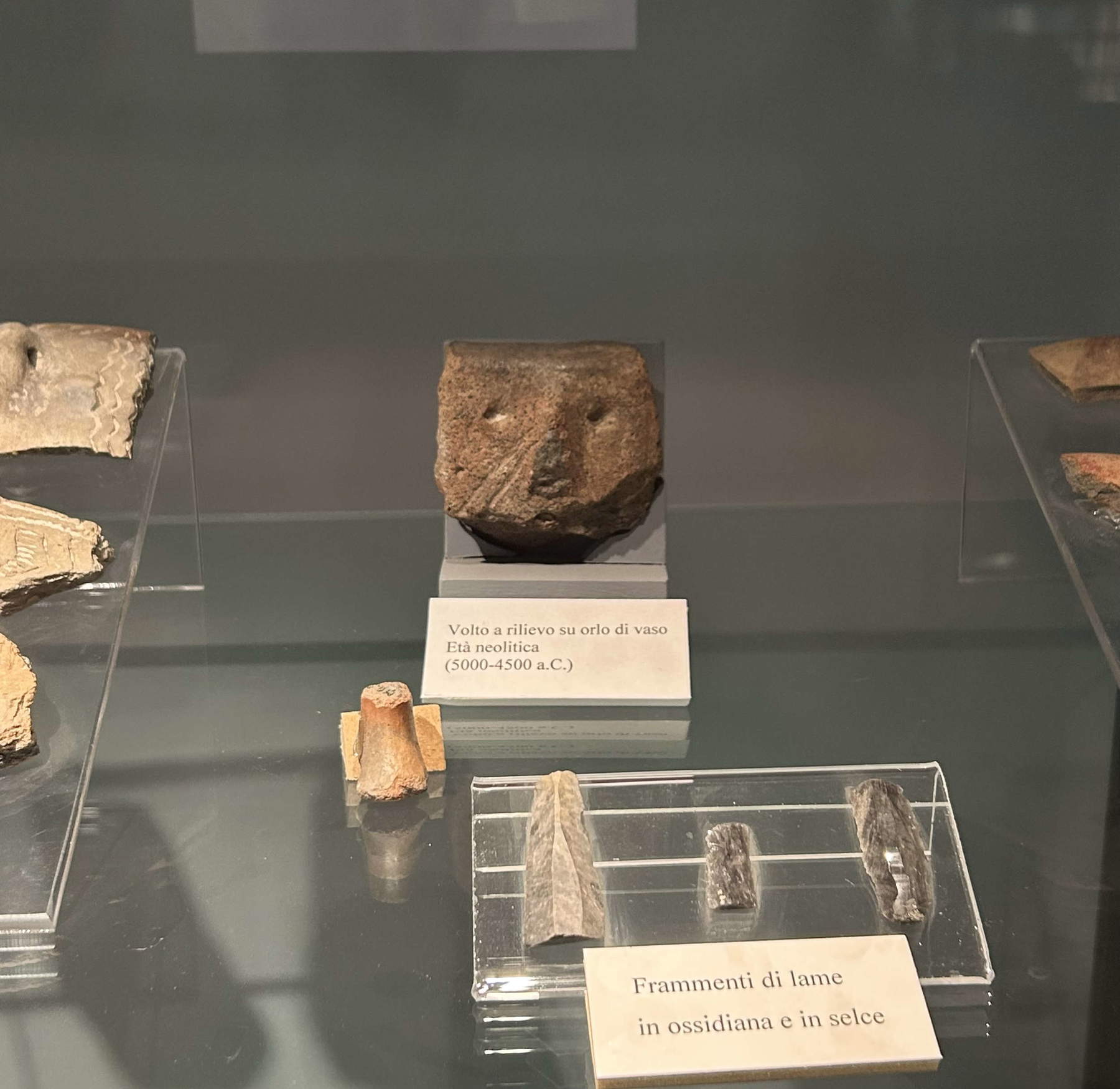
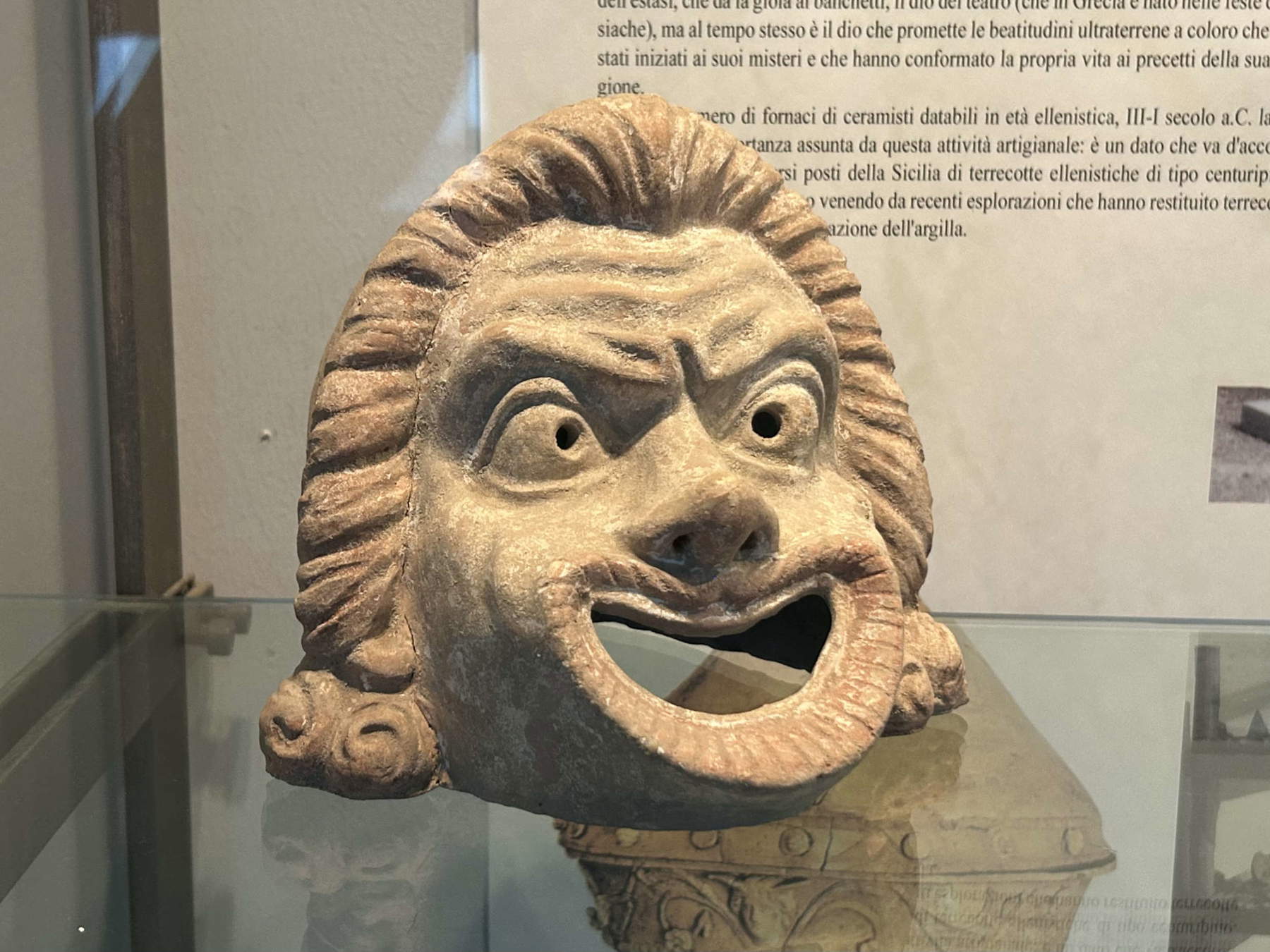
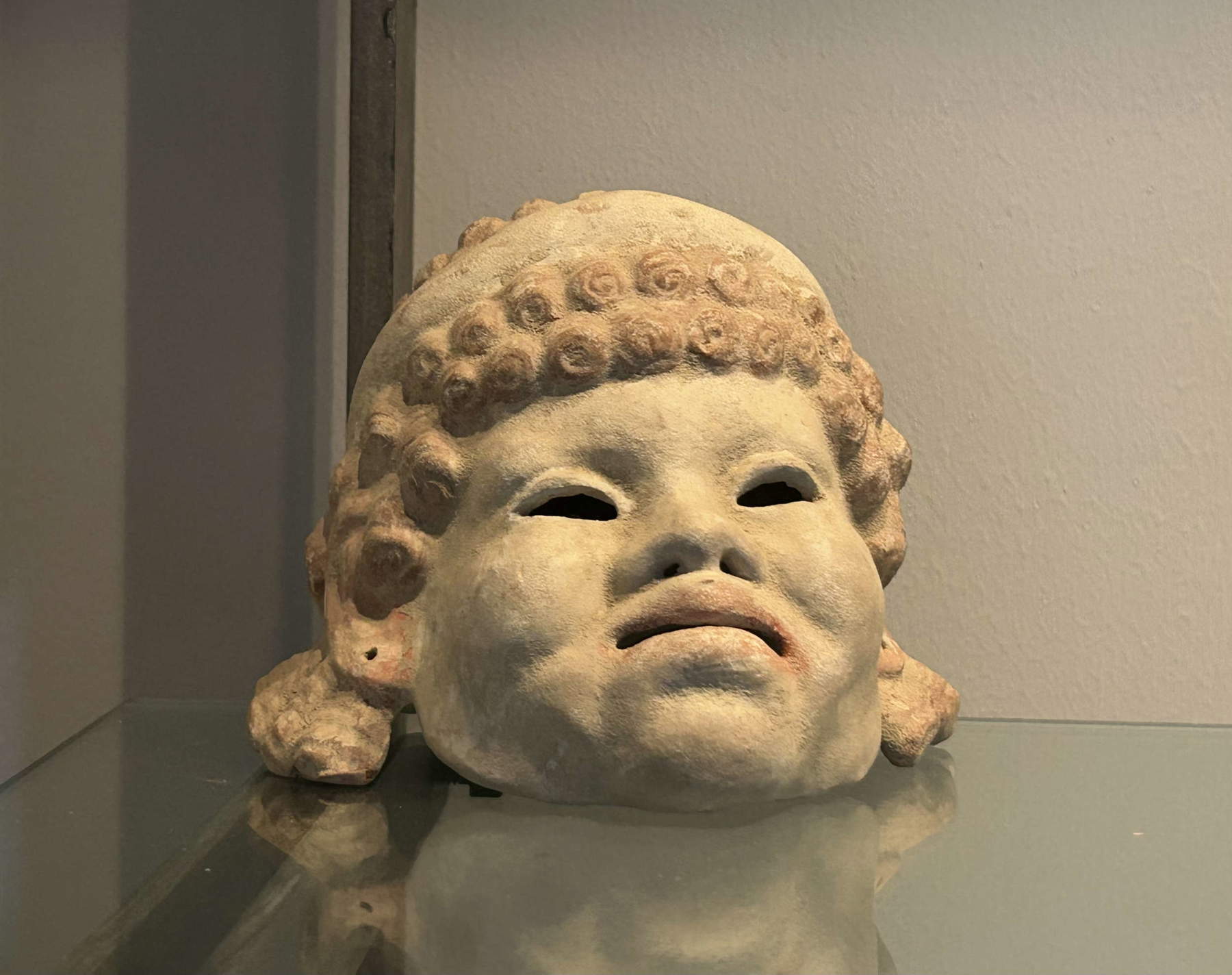
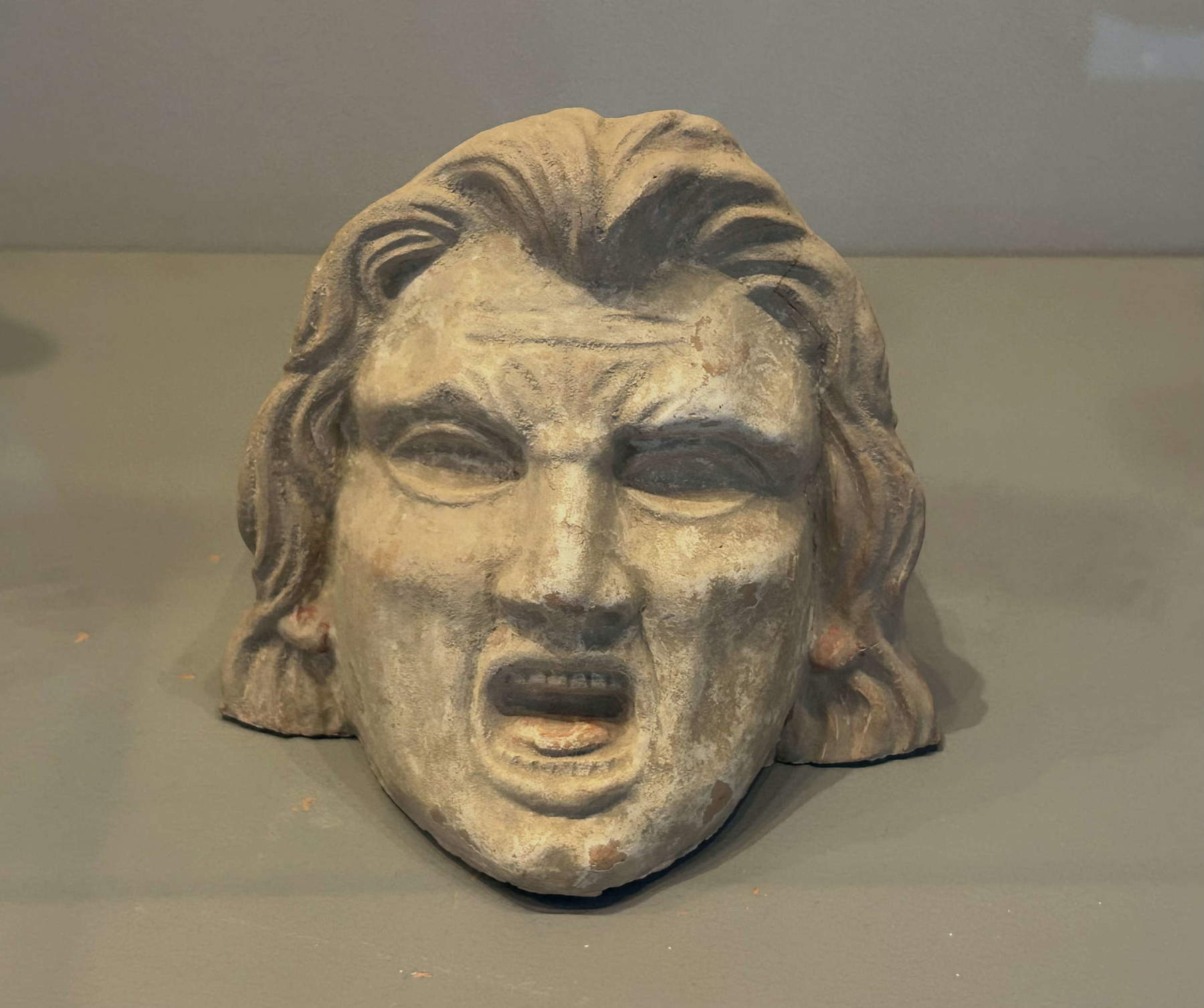
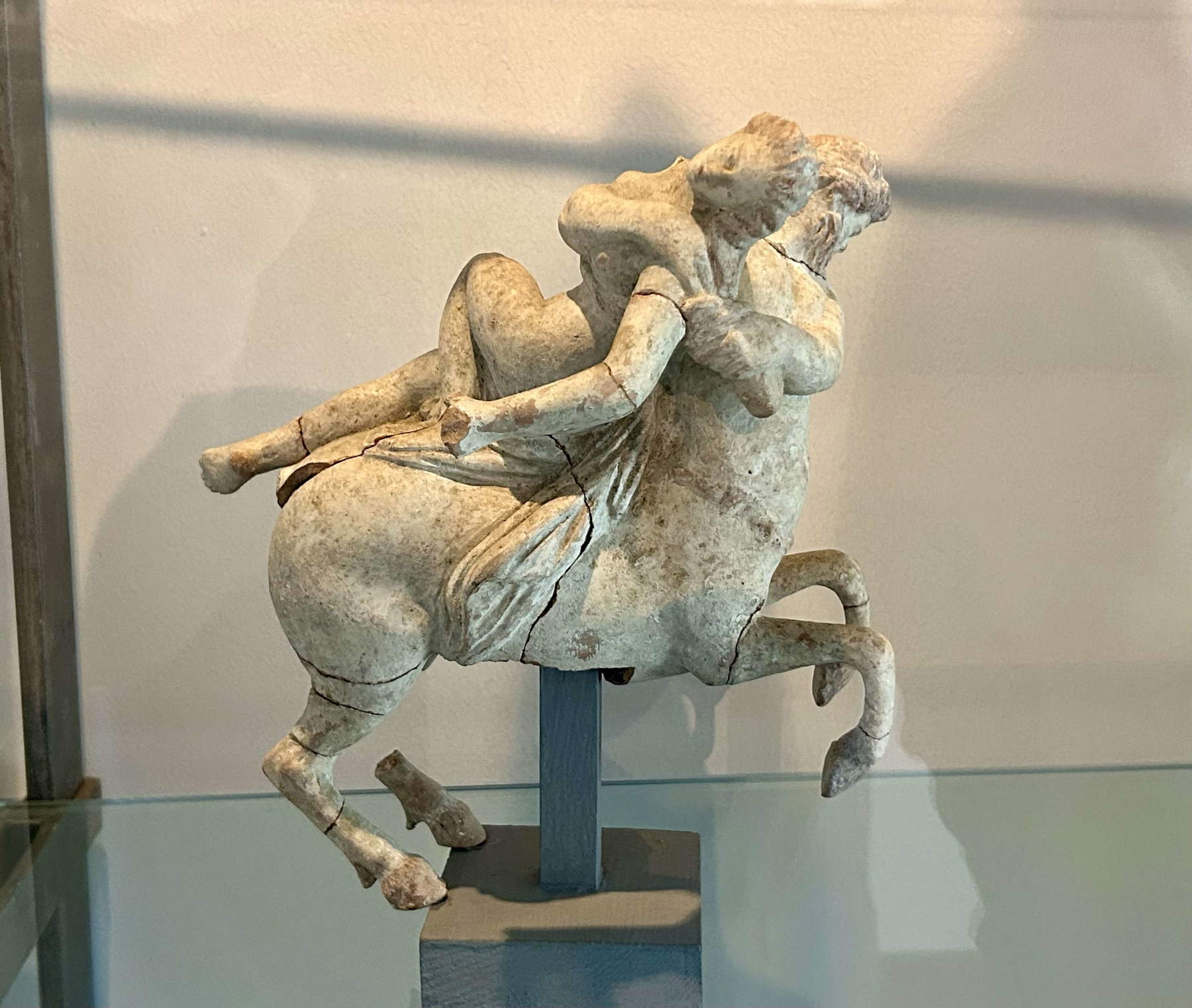
Of great interest are the Centuripe masks, many of which were found in the first decade of the twentieth century by the celebrated archaeologist Paolo Orsi. It has been hypothesized that these theatrical masks, which Centuripe has returned in large numbers (in Sicily inferior only to those of Lipari), probably had an apotropaic function, that is, they were meant to frighten away evil spirits, but they also had symbolic values that made them employed in funeral rites, as would be confirmed by the fact that they were often found inside tombs. It has also been hypothesized that artisans made use of them as models for making real masks used in plays. These tragic and comic masks are denoted by portraiture of great expressive freshness, some of which appear to have African and even Oriental physiognomic traits.
Centuripine choroplasty reached very high levels of quality, with full-figured clay sculptures, so much so that they earned the appellation “Tanagra of Sicily,” in reference to the city in Boeotia famous for its production of terracotta statuary. These figures show women with rich draperies in animated poses, but also male figures eternalized in moments of everyday life, characters drawn from myth and gods.
Another specificity of the area are the famous centuripine vases, now scattered in museums halfway around the world. The basis for their study was laid by Paolo Orsi, but even today their knowledge is rather intricate and made complex by often disorganized finds, as a result of clandestine excavations, and also by the large production of forgeries. However, they are vases made between the 3rd and 2nd centuries B.C.E., characterized by relief decoration with floral or architectural motifs and figurative painting done in tempera after the vase was fired, often related to Dionysian or female scenes. They were vases frequently used as wedding dowries and as grave goods, objects that denoted great social prestige. And although they were produced for no more than three generations, their quality is such that they are particularly well known, so much so that there is even one on display in the permanent exhibit at the Met in New York.
But perhaps the most astounding part of the museum is the one related to the imperial city, which has returned exceptional statuary, testifying to the importance assumed by Centuripe during this period. The city, at this stage, had to cloak itself in monumental constructions between tombs, a forum, and the Augustals, an architectural complex with civic-sacral functions that promoted the cult of the imperial dynasty, and which stood a few dozen meters from the museum site. From here come numerous sculptures of great interest, including portraits of Germanicus and Drusus Minor, members of the imperial family.
Also of great refinement are a Hellenistic statue of Muse, a colossal head of Emperor Hadrian, and a pair of acephalous statues belonging to a wealthy family of patrons, the Pompeii Falcones, characterized by rich drapery. But the museum’s authentic masterpiece is undoubtedly the head of Augustus, found in 1938 during the celebrations of the Augustan bimillennium, by a worker involved in the foundation work of piers intended to support a section of road.
The work, which was probably derived from the model of the statue of Augustus found in Rome at Prima Porta, was displayed for only one year at the local Antiquarium. Subsequently, the Superintendency decided to “temporarily” allocate it to the Archaeological Museum of Syracuse, while waiting for Centuripe to provide itself with a more suitable structure to house it, but perhaps also to punish the rather shameless attitude of the municipality at the time, which authorized road works in the archaeological area without having alerted the relevant bodies. Moreover, in the short time the statue remained in Centuripe it was handled by non-experts, who made casts to replicate its head. The move proved providential, as the museum space at the time suffered some thefts.
In 2021, after 83 years of absence from the city, the statue left the Paolo Orsi Museum in Syracuse to be displayed here until 2026, but the hope is that it can return permanently to its original context. Unlike the other Roman statuary, also on display in the museum and characterized by a realism veined with great veracity, the effigy of Augustus shows neo-Attic characters, with an idealizing rendering typical of Hellenistic art, as if it had come out of the chisel of Antonio Canova. This style was probably meant to mark the distance between ordinary mortals and a divine entity like the emperor.
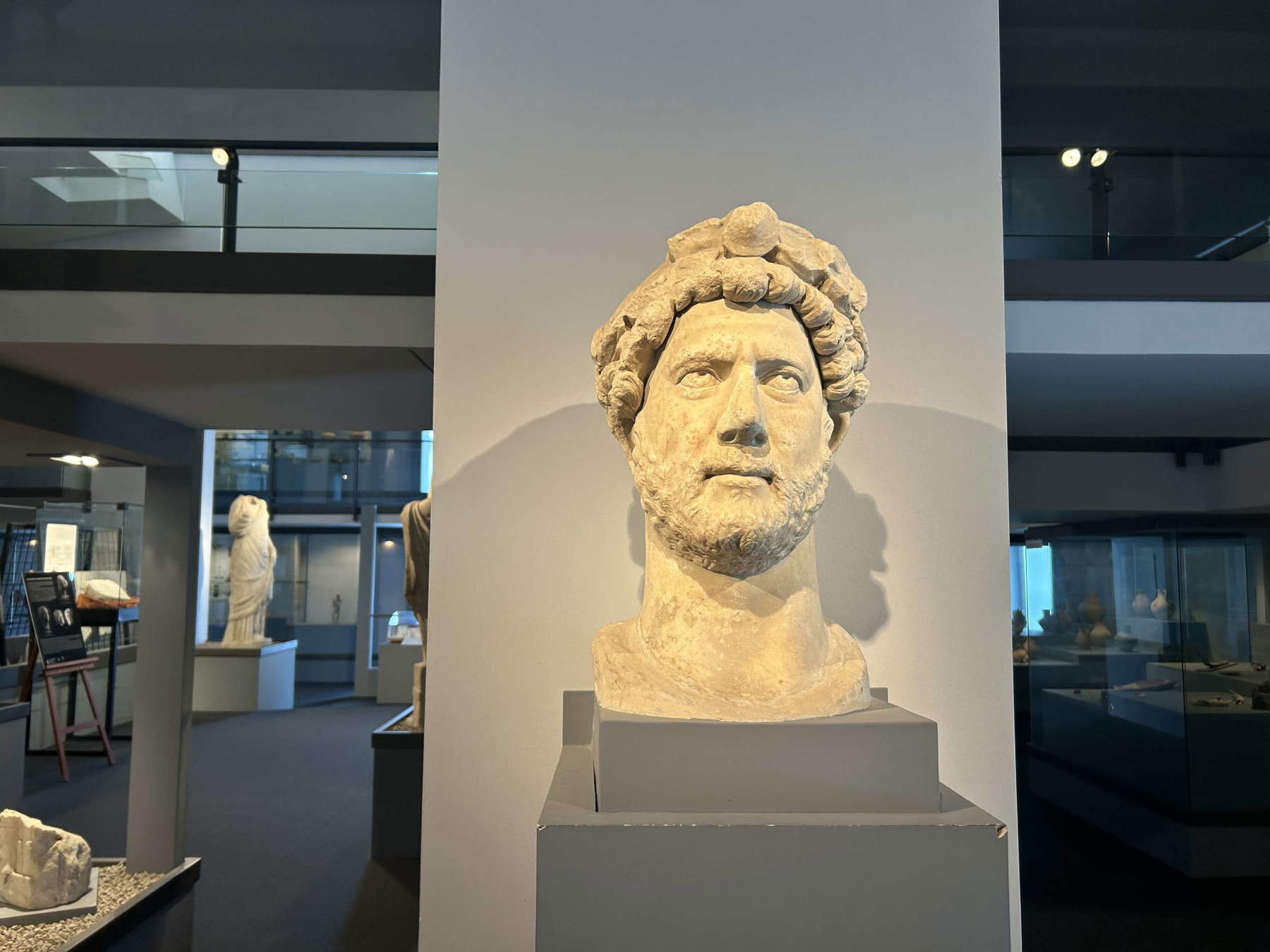

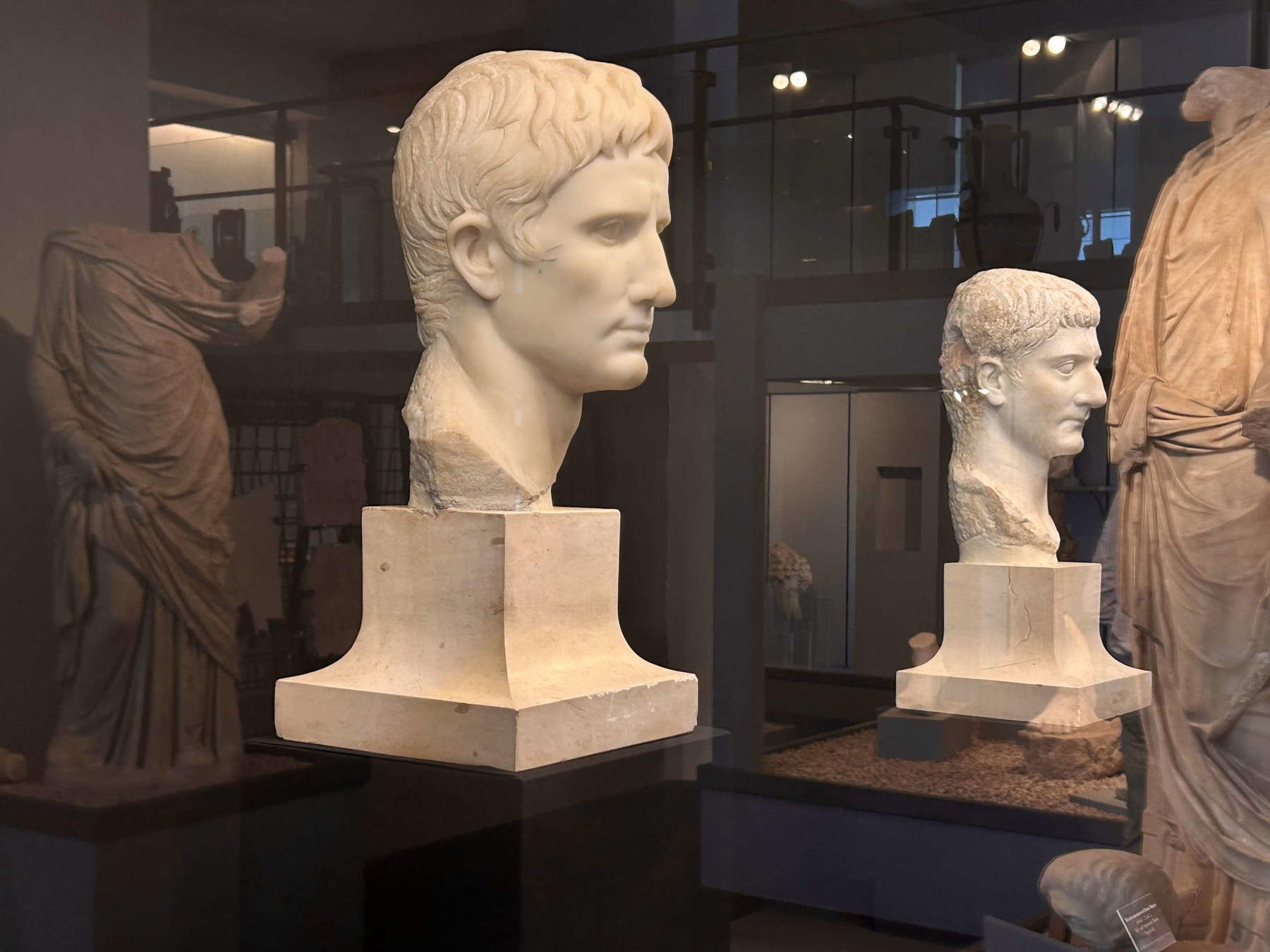
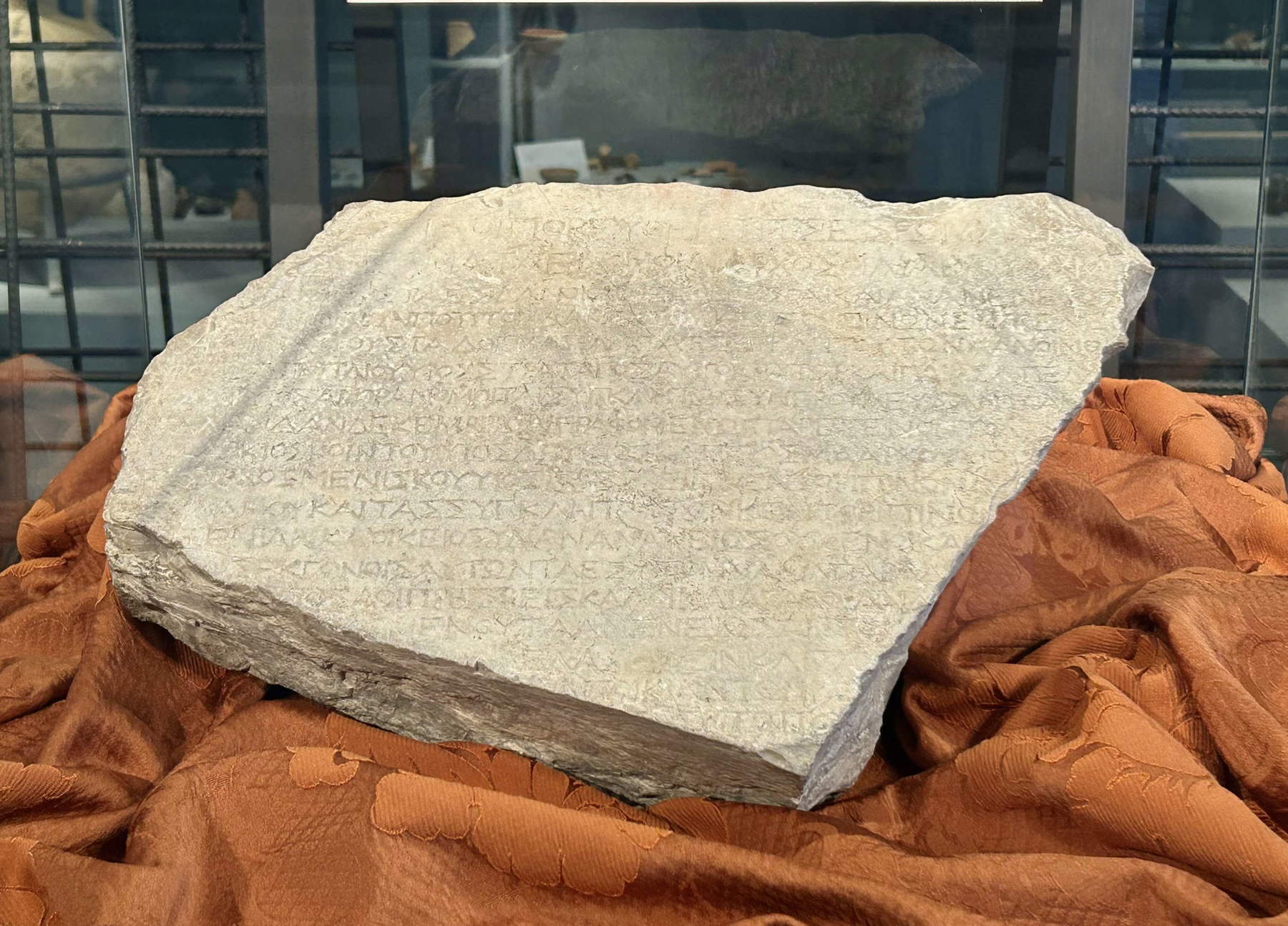
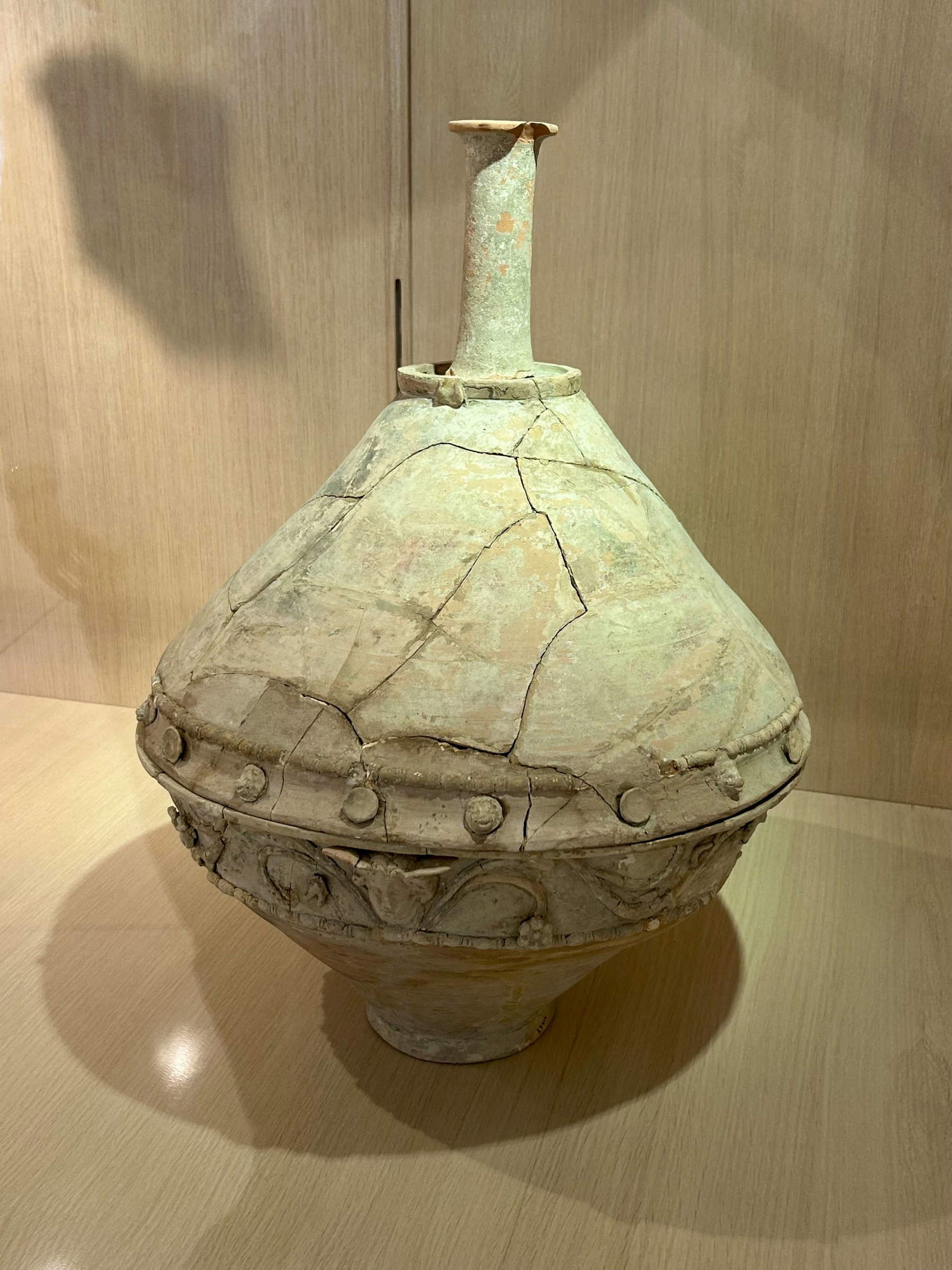
Another piece of recent acquisition, or rather reacquisition, is an epigraph found sixty years ago by a grave-digger in the house of a lady who used it to crush olives. Once acquired, the man wanted to put it back on the market, and for that reason it was seized. The mutilated text of the inscription recalls a diplomatic trip by three ambassadors from Centuripe, first to Rome and then to Lanuvio, Latium, to renew a treaty of friendship based on consanguinity. The find was finally unsealed after fifty years and bears witness to what is most likely the oldest city twinning still in existence. In fact, the epigraph was also displayed in Lanuvio, and the relationship between the two cities is renewed each year with a ceremony.
The museum still preserves numerous finds of certain interest, including statuary and vases, and also two display cases with a focus on two activities, certainly not meritorious, but in the past deeply rooted in the territory: the practice of clandestine excavations and the profitable production of forgeries, carried out by real dynasties of forgers, who today have reconverted their activities into highly specialized artisan workshops.
In short, the Centuripe Archaeological Museum is definitely a must-see destination for lovers of archaeology and art in general, with a very rich collection, which is characterized, rather unusually compared to other archaeological institutions, by the collection of artifacts found exclusively in the area. And although some weaknesses persist in the layout, which is rather dated in some places, and in the explanatory kit, with captions and panels not always up to the standard of the display, the great work done in recent years to bring back important pieces and exhibit others that lay forgotten in storage has not gone unnoticed. From the beginning of the year through June there were already 2,000 visitors, an achievement that seemed unthinkable just a few years ago, and one that shows how caring for heritage always pays off.
Warning: the translation into English of the original Italian article was created using automatic tools. We undertake to review all articles, but we do not guarantee the total absence of inaccuracies in the translation due to the program. You can find the original by clicking on the ITA button. If you find any mistake,please contact us.